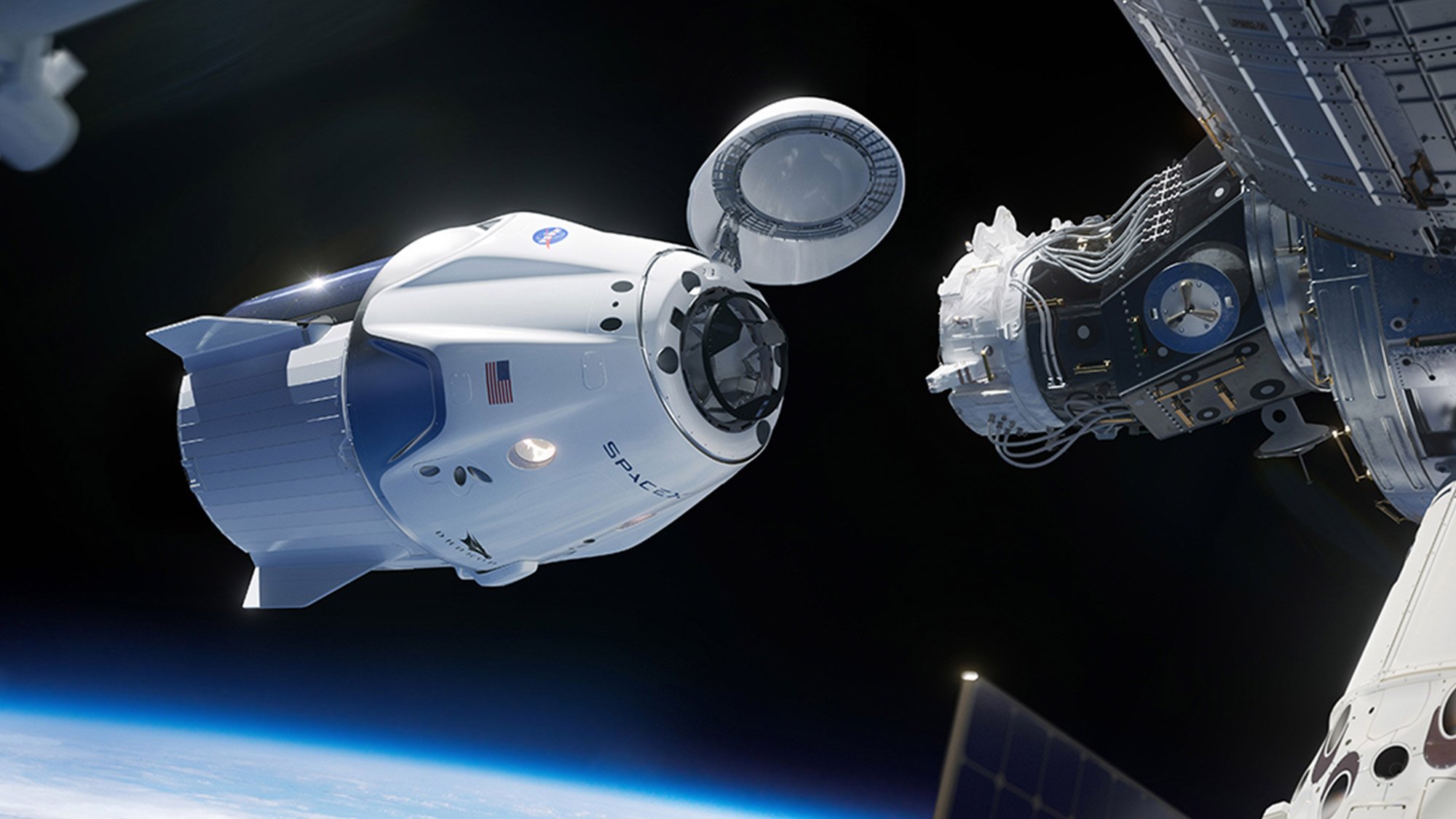Small satellites are turning into big business. Since the Soviet Union opened the Space Age with its launch of Sputnik in 1957, the population of satellites in Earth orbit has swelled to more than 4,250. Of these, fully 291 -- or 7% -- are so-called small satellites.
But how big is a small satellite, anyway?

Soviet Russia's Sputnik -- the original "small satellite." Image source: Getty Images.
It depends on what the meaning of "small" is
According to Denver-based "space law" firm Sherman & Howard, there's actually no single definition for what constitutes a small satellite, or "smallsat." Rather, the International Academy of Astronautics lays out a continuum ranging from "minisats" massing under 1,000 kg to "microsatellites" under 100 kg, "nanosatellites" smaller than 10 kg, and "picosats" below 1 kg.
By this definition, the popular new class of small satellites known as CubeSats fits within the definition of a nanosatellite. Weighing roughly three pounds, a standard "1U" cubesat measures four inches on a side. CubeSats can also be glued together, stacked vertically into 2U, 3U (and so on) configurations, each a multiple of that basic three-pound package.
Rise of the CubeSats
Space market researcher Northern Sky Research credits this standardized "cubesat form factor" with helping to propel "the explosive growth" in deployments of smallsats in general. From 2011 to 2015, nanosats.eu tracked 395 nanosatellite launches -- more than all the launches of similar-size satellites in all years previous, combined. 2017 promises to be a banner year, with something on the order of 600 launches planned.
Ordinarily, such satellites get into orbit by riding shotgun on a rocket intended to carry one or more much larger satellites as its primary payload. When a launch provider like United Launch Alliance (the Boeing (BA +0.01%) and Lockheed Martin (LMT 0.21%) joint venture) finds it has a bit of extra payload space on a rocket, it will often invite companies with much smaller satellites to tag along for the ride, paying pennies on the dollar relative to the price a mission's marquee customer might pay. That CubeSats have managed to grab such a large portion of the satellite market, despite depending on such ad hoc rideshare arrangements to reach orbit, speaks to the popularity of the form factor.
Big things in small packages
And yet, according to NSR, times are already changing -- again. The era of the CubeSat craze ran from 2011 to 2015, when 81% of smallsats launched massed less than 10 kg. But by 2021, NSR predicts the smallsat market will upsize. Going forward, it expects smallsats massing more than 10 kg will make up 45% of all such launches.
And no wonder. These things are getting cheap! Budget-priced CubeSats may have sparked the smallsat craze, but as Jim Cantrell, CEO of small-satellite launch service Vector Space Systems, told me earlier this year, the cost of building even bigger smallsats has come down dramatically. Just a few years ago, if you wanted to build a 20 kg smallsat, it might have cost $2 million to $3 million for the specialized parts alone, but today you can pick up all the components required for just $25,000.
What it means for investors
The small-satellite industry is in the middle of a renaissance, as new players such as York and Millennium Space Systems take their places alongside established space companies like Kongsberg, Harris Corp., and Aerojet Rocketdyne, building small satellites for small prices. At the same time, companies that want to get small satellites into orbit have a range of launch providers to choose from -- hitching rides aboard large rockets from Boeing, Lockheed, and SpaceX, or purchasing dedicated missions from Vector Space, Rocket Lab, or CubeCab, which are building a new generation of small rockets tailor-made to put them in orbit.
For the time being, most of the smaller players remain privately owned. But as the industry develops, and investors clamor for a piece of the action, it's inevitable that at least some of these up-and-comers will up and go public. Which of them survive, and which ones thrive, will depend largely on their ability to change course as the needs of the industry evolve -- from large satellites to small one day, and perhaps from really small to slightly bigger the next.
As the industry shakes out, trust that The Motley Fool will be watching, and we'll keep you informed.







